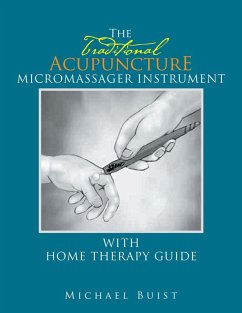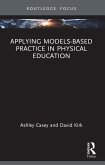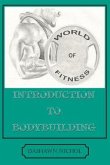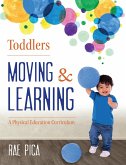The micromassager is a bone ball attached to a bone or wooden handle by a steel shaft. Traditionally, these instruments were made out of ivory. Hardly appropriate these days, of course. These current instruments are beautifully handcrafted from sustainable, sterilised New Zealand beef bone and native hardwood, and the bone balls have similar properties to ivory in therapeutic application. The construction is deceptively simple in that the results obtained are beyond the scope of ordinary acupressure. These traditional type instruments are in fact rather ingenious.
Dieser Download kann aus rechtlichen Gründen nur mit Rechnungsadresse in A, D ausgeliefert werden.









